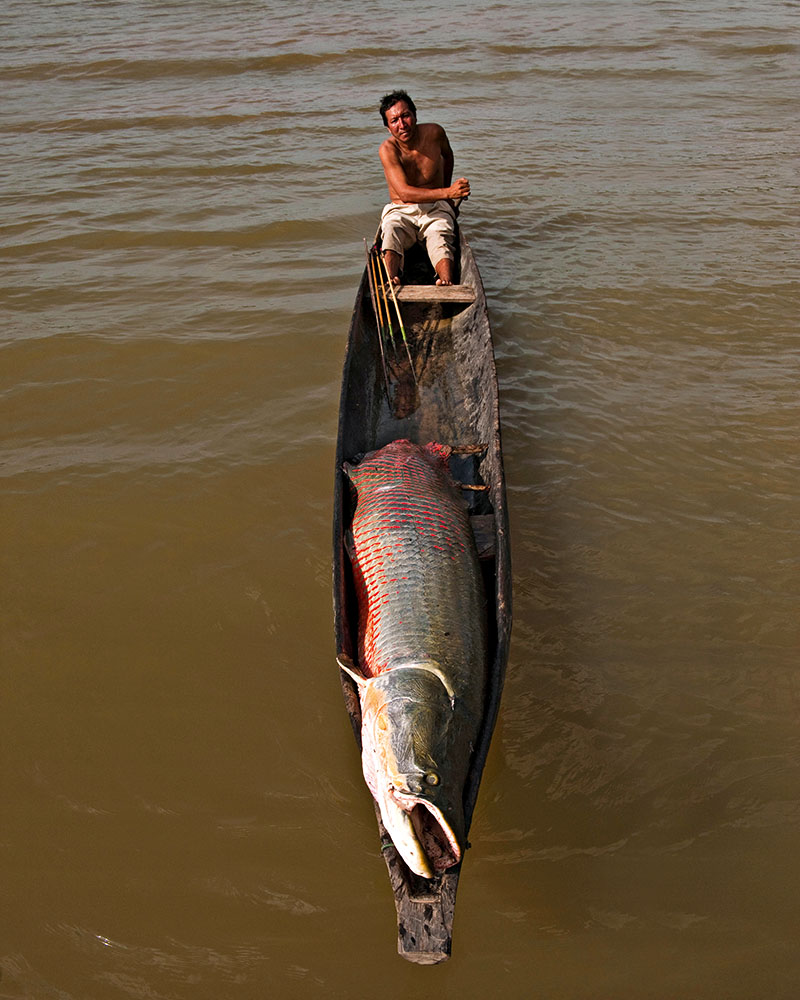World
World
13 Totally Wild Adventures
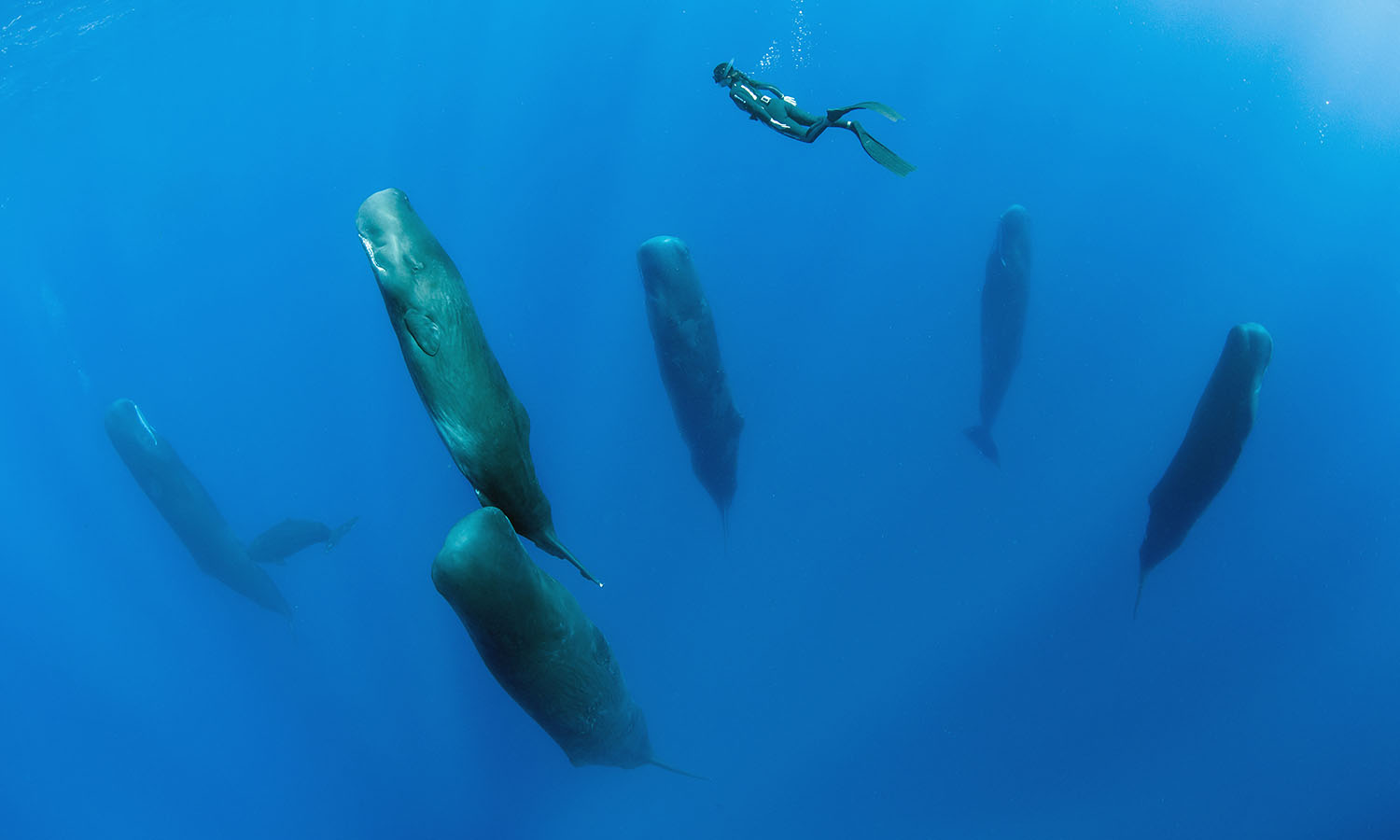

WHERE Dominica
WHY Dive into blue Caribbean waters and be dwarfed by some of the largest animals in the ocean.
Those teeth, as big as they appear, are harmless, regardless of what you may have read in Moby-Dick. The huge boxy heads hold brains that weigh nine kilograms. Sperm whales are the largest of the toothed whales, but there’s no need to be afraid of them – unless you’re a squid. Unlike in most parts of the world, the approximately 300 sperm whales who live off the West Indies island of Dominica do not migrate. Instead they can be found here year round. To ensure they aren’t troubled by too many people in the water, the Dominican Fisheries Division issues only a handful of licenses to swim with them each year. There are rules, too: don’t touch, don’t splash as you get in, don’t swim at the whales, don’t get in their way. But as you slip into the water, the sound of your heart thundering in your head, you might find yourself frozen in awe.
Natural World Safaris runs seven-day expeditions to find these big, inquisitive mammals. Group sizes are limited to four, and guests are accompanied by specialist guides and renowned underwater photographers, who’ll capture every incredible moment.
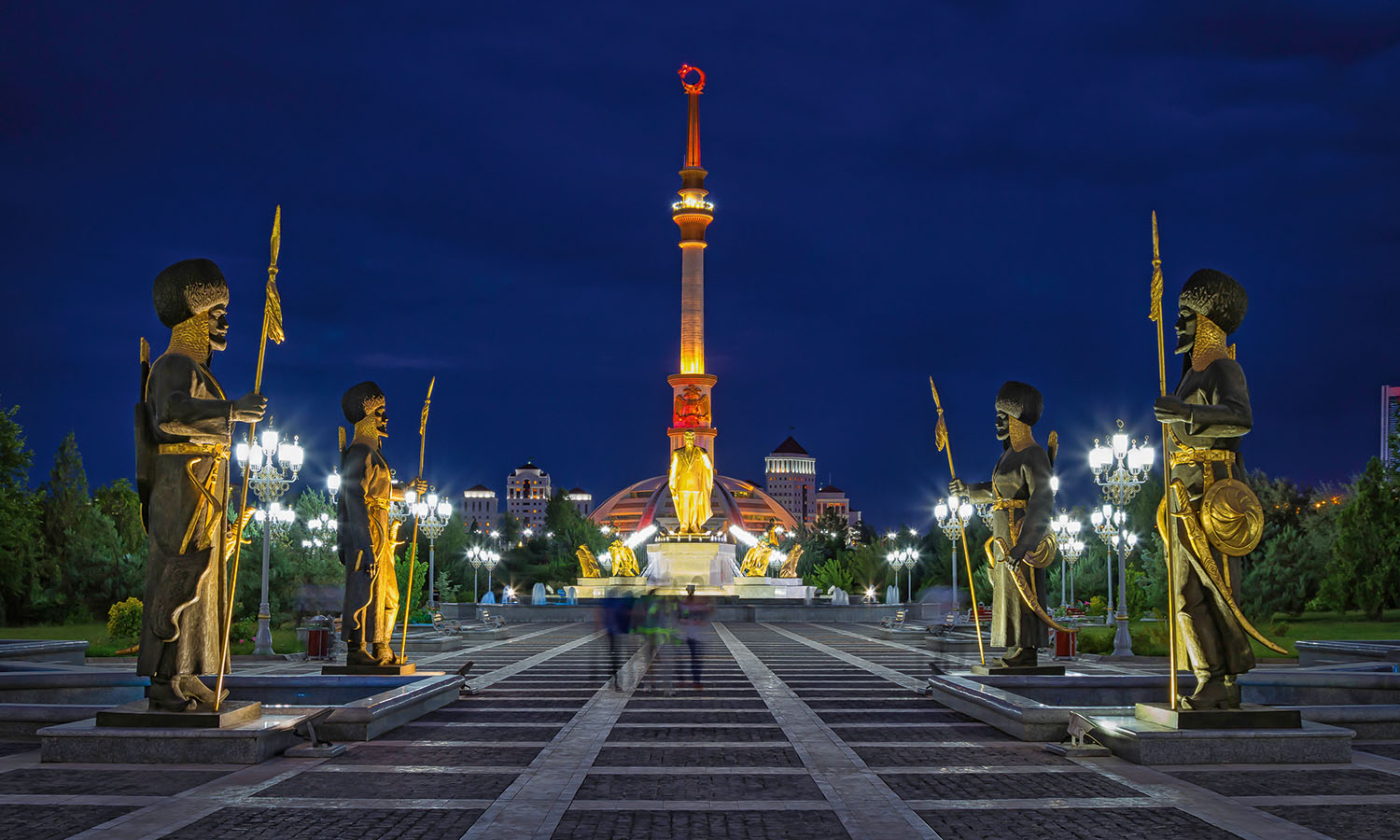

WHERE Ashgabat, Turkmenistan
WHY It’s not just the Middle East being transformed by oil revenue. The capital of Turkmenistan is spectacularly OTT.
We’re the first to admit you’re probably not heading to Central Asia to check out the club scene, but at some point you’re going to have to come out of the mountains and/or desert and to not hit Ashgabat would be criminal. The whole place is a monument to excess. If Kath and Kim had untold gas and oil riches, they might come up with something similar. Huge boulevards are lined with extravagant marble buildings. Gold-domed palaces stand watch over perfectly manicured gardens. Monuments are lit by neon, and enormous fountains spray water skywards. No one is really sure who all this is for, since the streets seem to be deserted most of the time. And tourists? Fuggedaboudit. Five times more people visit North Korea each year than Turkmenistan. If you happen to find yourself there – you’ll either need to be with a tour group or apply for a five-day transit visa that can take up to six weeks to come through – remember this is a country that is culturally conservative, so expect to spend some of your time with border guards and be careful where you point your camera. Other than that, you’re likely to be greeted with wide-eyed wonder and a shot of vodka by the country’s people.
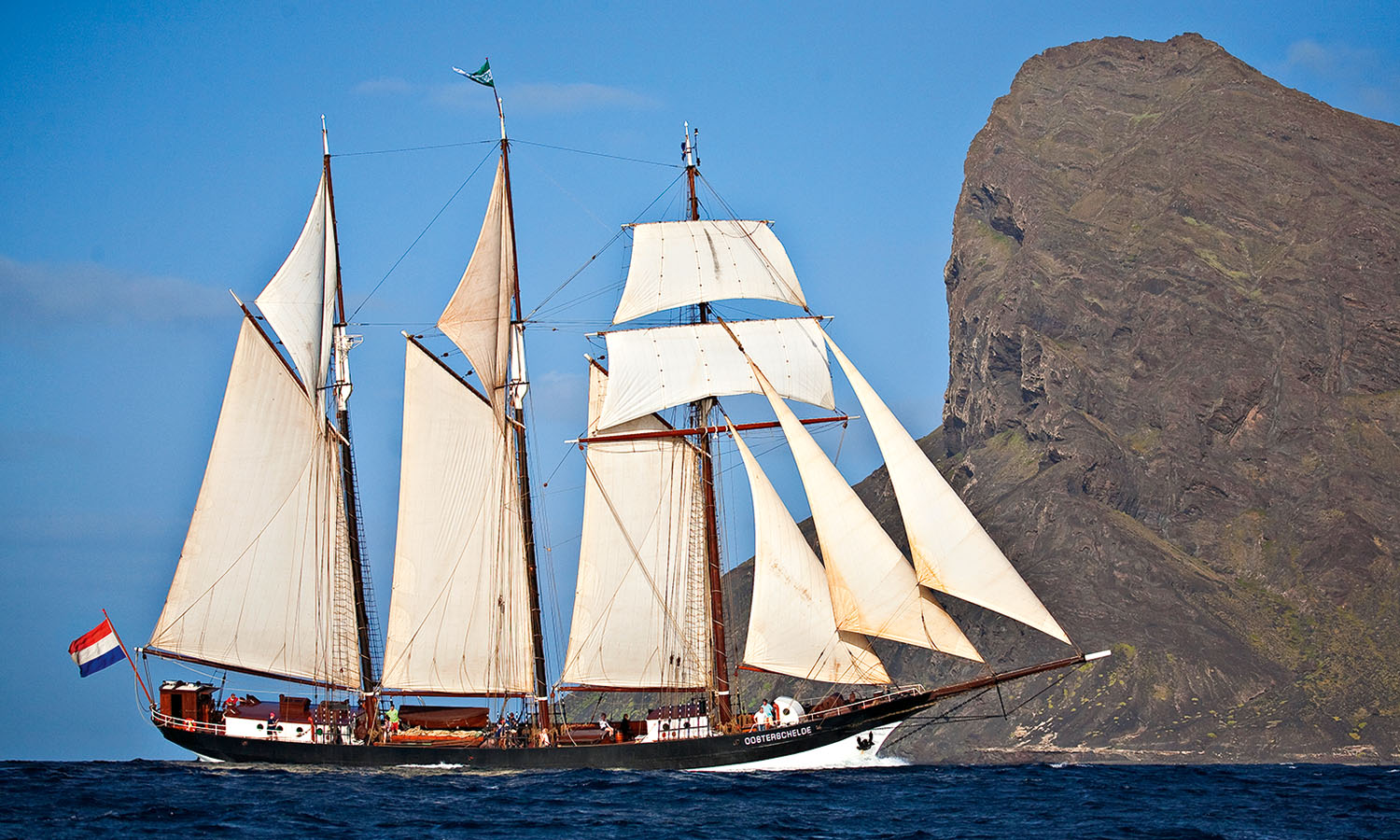



WHERE Cape Verde
WHY Feel as though you’re conquering the high seas on this restored schooner while exploring this group of 10 islands, 600 kilometres off the coast of Senegal.
If you’ve ever wondered what it would be like to hoist the sails and yell, “Aye aye, Captain!” as the wind pushes you past rugged isles and into port, you need to book a berth on the Oosterschelde. This three-mast topsail schooner was built in a Netherlands shipyard in 1917 and for the following seven decades transported cargo in the Baltic Sea. In 1988, she was bought by Captain Dick van Andel, who restored the ship to its former glory. Since 1992, the Oosterschelde has been moving passengers across the world.
Cape Verde is one of its regular destinations, with passengers picking up the vessel in Palmiera on Ilha do Sal before hitting the high seas for 11 days. For each day spent sailing, the next is dedicated to exploring one of the islands with local guides. You’ll get a chance to meet people fighting to maintain their traditional way of life, walk into a volcanic crater, visit shipwrecks on deserted beaches, shop in markets, eat at local cafes and dance to Cape Verdean music. It’s a part of the world visited infrequently by tourists – some islands, like Sāo Nicolau, rarely welcome visitors, while Boa Vista is developing an industry and its attendant infrastructure – so you’ll definitely feel as though you’re seeing the real side of this island nation.
During days on board, everyone is expected to chip in with navigating, steering and trimming the sails. If you’ve got a head for heights, you can even climb the mast to look at the world from the yard. The ship is fitted out comfortably, with plenty of space to gather for games and chats in the evening, and the cook provides three hearty meals a day.
WHERE South of Kwatamang, Guyana
WHY You’ve never really got over your fascination with Indiana Jones, and dropping out, even if only for a week or so, seems like the best idea you’ve heard in forever.
In the jungle, the mighty jungle, there’s not a single lion. There’s no wifi or phone signal either. But there is adventure waiting at every turn. Climb into a dug-out canoe and head out on the river or lake looking for giant otters, jaguars, monkeys, giant armadillos, pumas, anacondas and more. Further upstream, where the jungle is uninhabited, the animals have no fear of man. The bird watching is epic (125 species in two days – tick!). You can also hike through the jungle and up nearby mountains for inspiring views of the forest, or hit the river to see if you can hook one of the famed arapaima, a fish that grows to 180 kilograms and is one of the closest living creatures to a dinosaur left on Earth. Of course, if you do, you’re going to release it straight away.
That’s what’s in store at Rewa Eco-lodge, run by a small Amerindian community at the point where two great rivers, the Rewa and Rupununi, meet. The village of 300 people is just next door, and guests can visit to witness life in the jungle.
There are just five self-contained cabins and two benabs (traditional rooms with shared facilities), although guests do sometimes string up a hammock at the main lodge. There’s enough power to charge your camera and run the lights, but not much else – the water for your shower, for example, is heated by the sun. It’s a long way from just about everything, which means you’re going full nature froth.
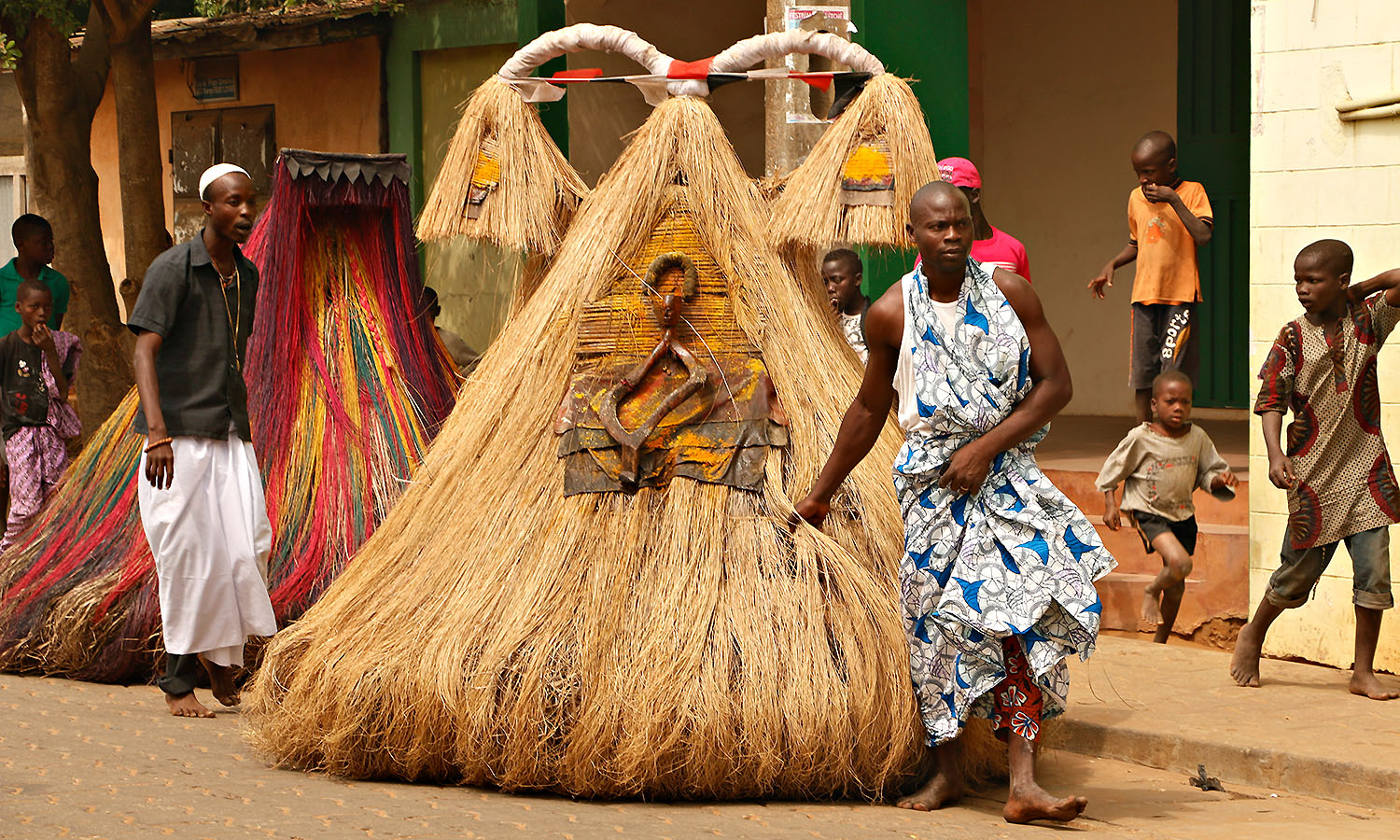

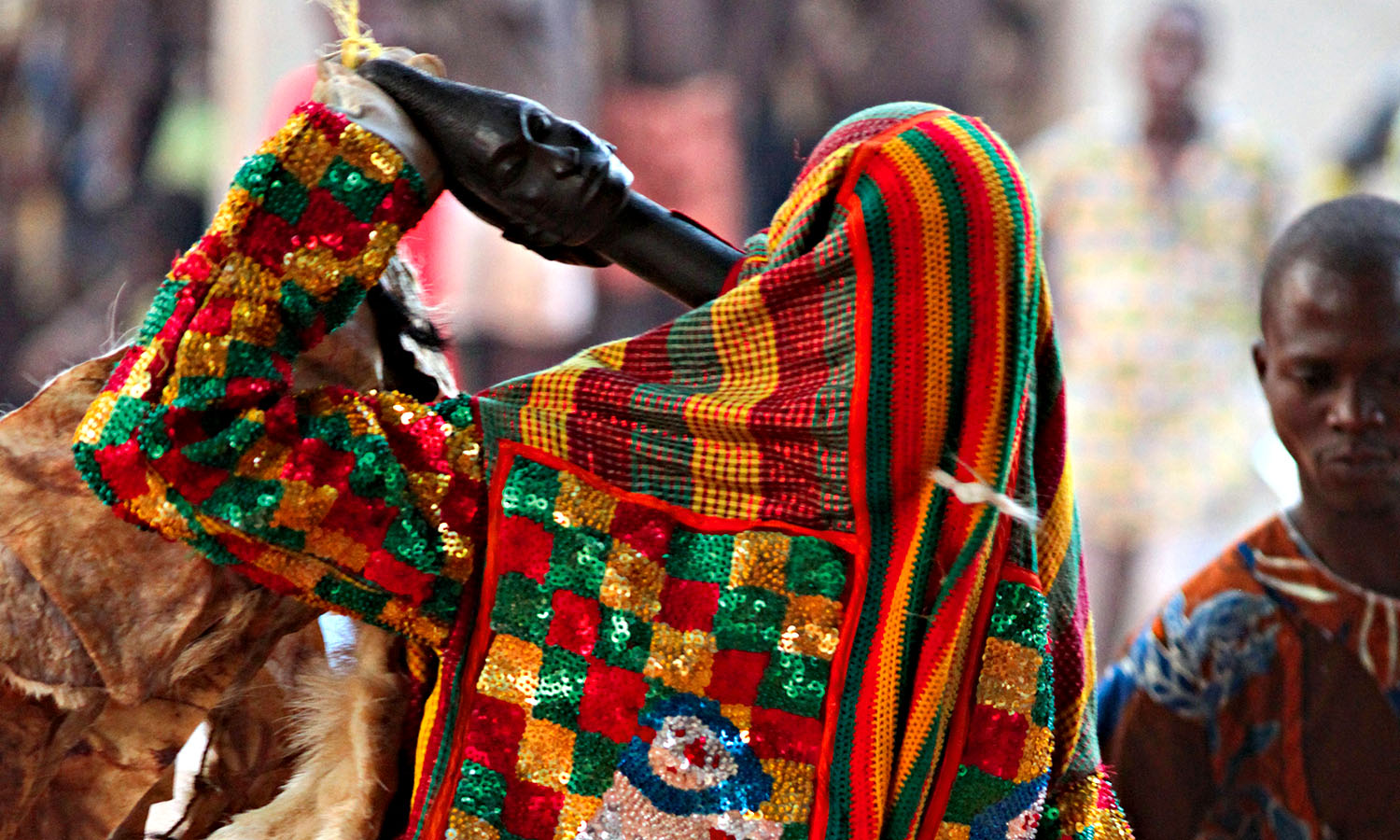

WHERE Ouidah, Benin
WHY To witness the fascinating commemoration of the estimated 60 million people who lost their freedom during the African slave trade.
Ouidah has a devastating past. For 60 years, from the end of the seventeenth century, millions of West African people were captured and traded from its port to Europe and the Middle East. These days the population of about a hundred thousand swells during January when visitors come from as far away as France and the Caribbean to take part in the Ouidah Voodoo Festival, or Fête du Vodoun.
Eighty per cent of the population of Benin practises the traditional religion, which has an intricate system of beliefs involving folk medicine, songs and stories, spirits called loa who are responsible for different parts of life and, most importantly, the existence of a universal spirit.
Each year the voodoo festival begins on 10 January, with crowds dressed mainly in white arriving on the beach near the Door of No Return to pay tribute to the most powerful wizards. The different communities beat drums, sing and dance, some of them reaching a trance state. People wearing masks created from skins and fabric and decorated with shells roam the streets. The Zangbeto dress in huge colourful straw skirts that cover their entire body. Unsurprisingly, there are also sacrifices of goats and chickens to the spirits, which can be confronting, but when it comes to fascinating celebrations it’s hard to beat.
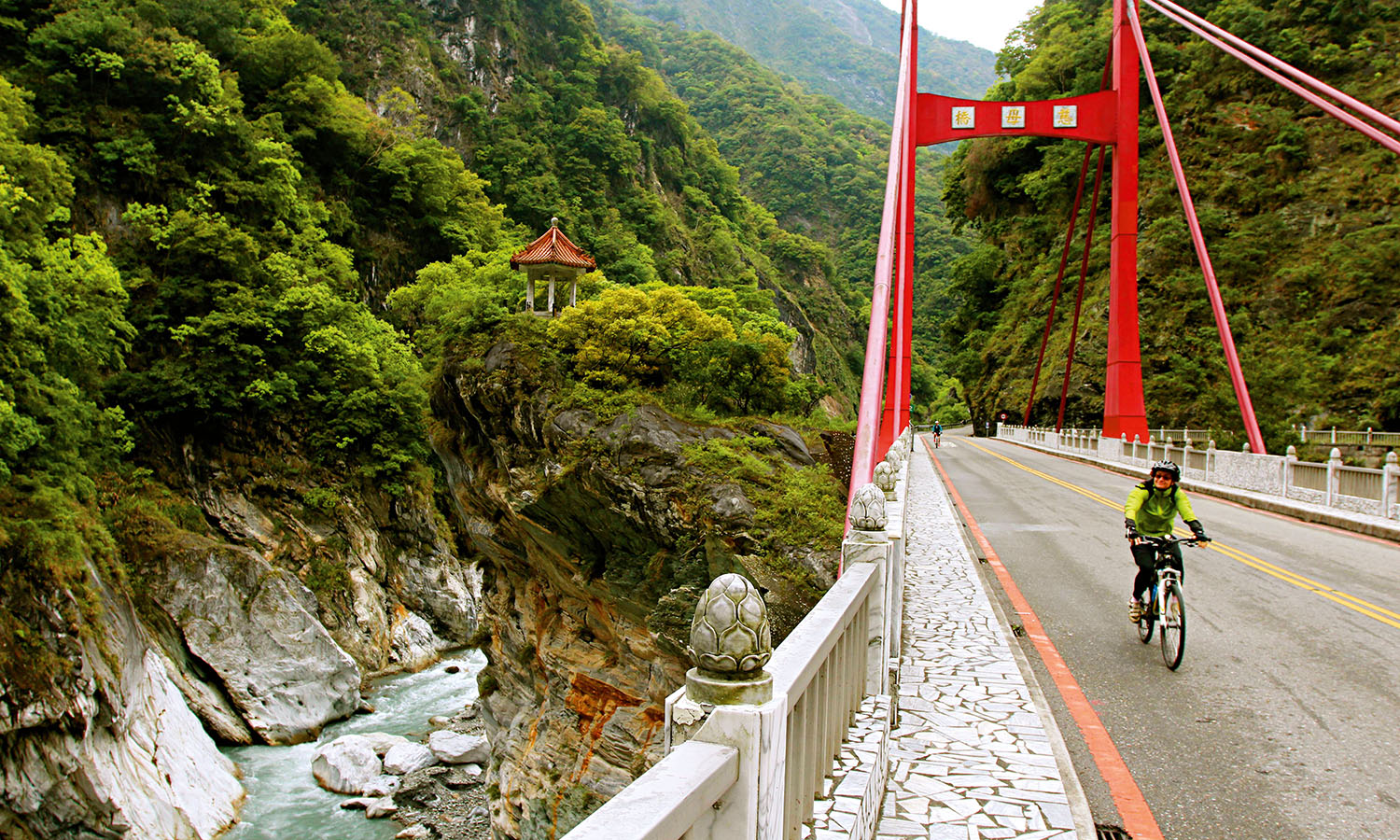

WHERE Taiwan’s east coast
WHY There’s no better way to see this spectacular landscape than by taking your time on a bike.
Imagine cycling down from the Toroko Gorge towards the Pacific Ocean. The wind is in your hair, the bike is coasting and you haven’t a worry in the world. On this six-day ride that begins in Taipei and finishes in Taitung, you’ll cruise through the rice paddies and orchards of the East Rift Valley, stop at villages for seafood feasts and relax with a swim at Sanxiantai Island’s almost deserted beaches after crossing the eight-arch Dragon Bridge.
The best part is you don’t have to do anything on this trip except book your flights and start pedalling, because a new addition to the line-up at Grasshopper Adventures is its self-guided cycling tours. They supply the bikes, including an e-bike if you’re worried about stamina, and organise accommodation. You’ll be linked to an app that highlights points of interest and places to eat along the way, offers podcasts on regions you’ll pass through, and provides spoken glossaries of commonly used words and phrases. The crew will even transfer your bags from one hotel to the next, so all you need carry is the essentials.
All up, you’ll cover 270 kilometres on sealed roads, some with designated bicycle lanes, during your stay.
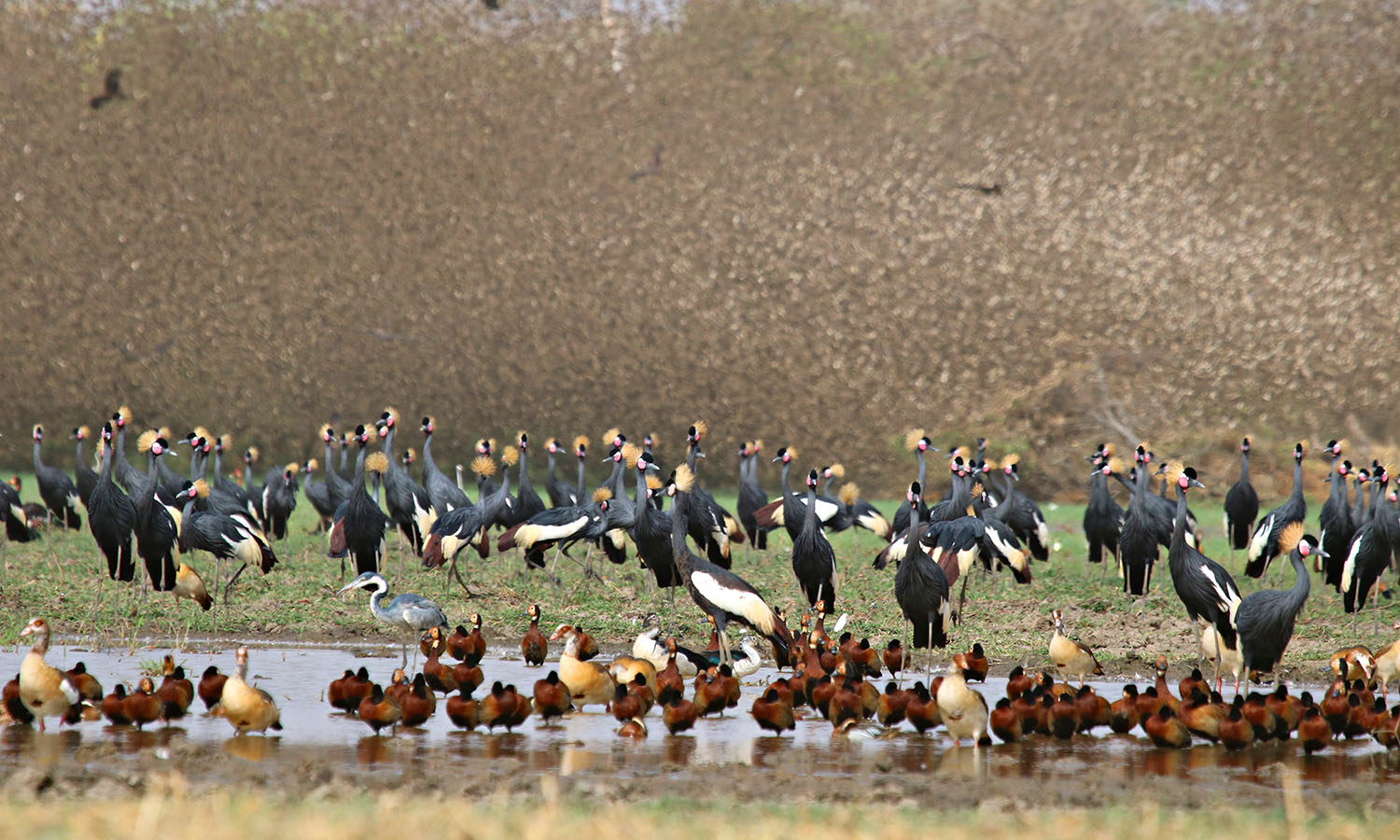

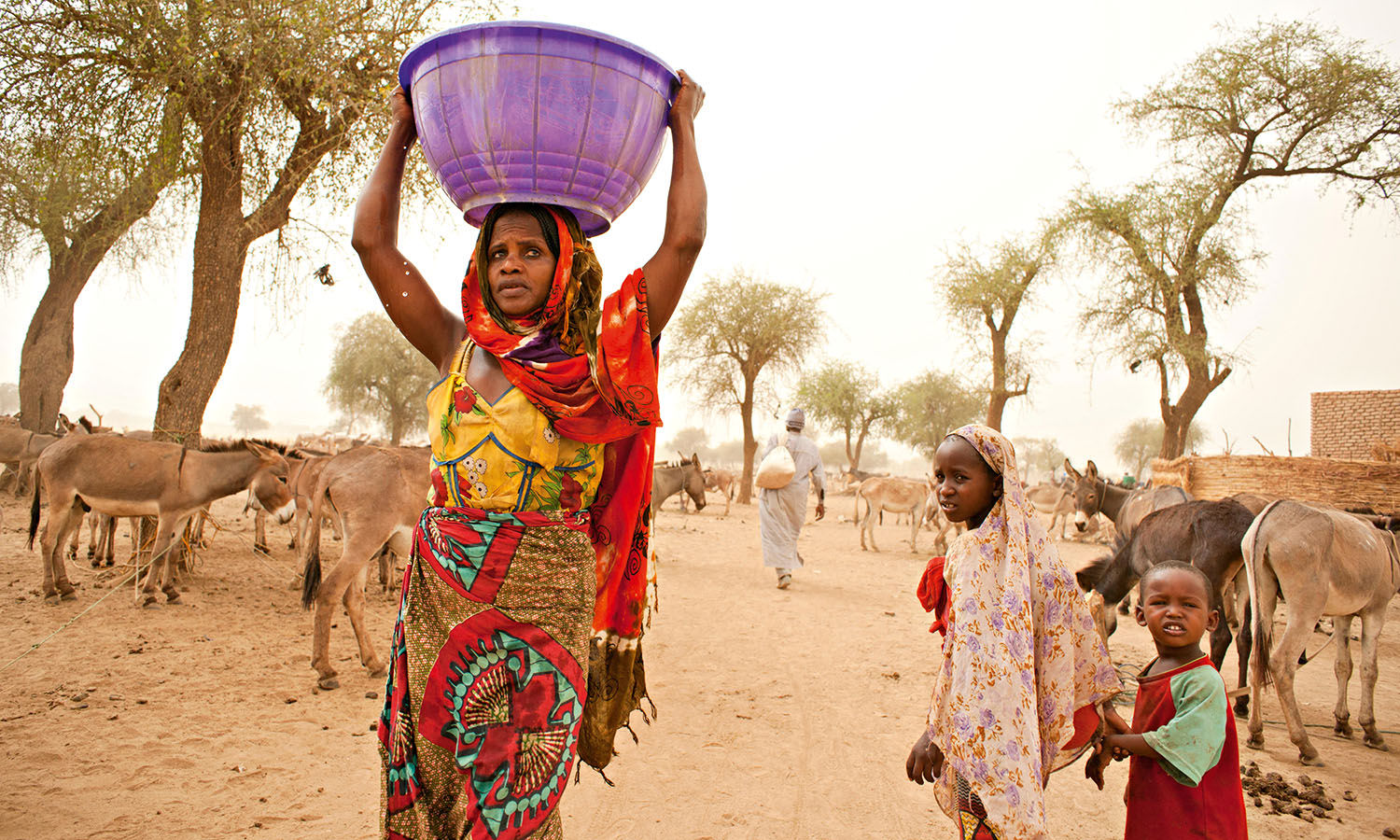

WHERE Zakouma National Park, Chad
WHY It’s time to take your big five obsession to Africa’s central north.
In many of the continent’s most popular national parks you’ll see as many safari vehicles as leopards. Not if you head to Zakouma, which was declared a national park in 1963 but then ransacked by poachers in the 2000s. In the past decade, however, it has been a huge conservation success story. Elephants were nearly extinct here, but now there’s a thriving population of almost 600, and the park is home to a huge number of buffalo and more than 50 per cent of Africa’s Kordofan giraffe population. Twitchers will be beside themselves: tens of thousands of birds, particularly black-crowned cranes, flock around the pans. It’s a huge tract of land covering more than 3,000 square kilometres, which means you possibly won’t see the resident pride of lions, but there are plenty of leopards, cheetahs and hyenas to make up for it. The trick is to time your visit right: aim for March or April when wildlife tends to congregate around waterholes. There are only two small camps here, but that is sure to change as more travellers become aware of this wildlife wonderland.
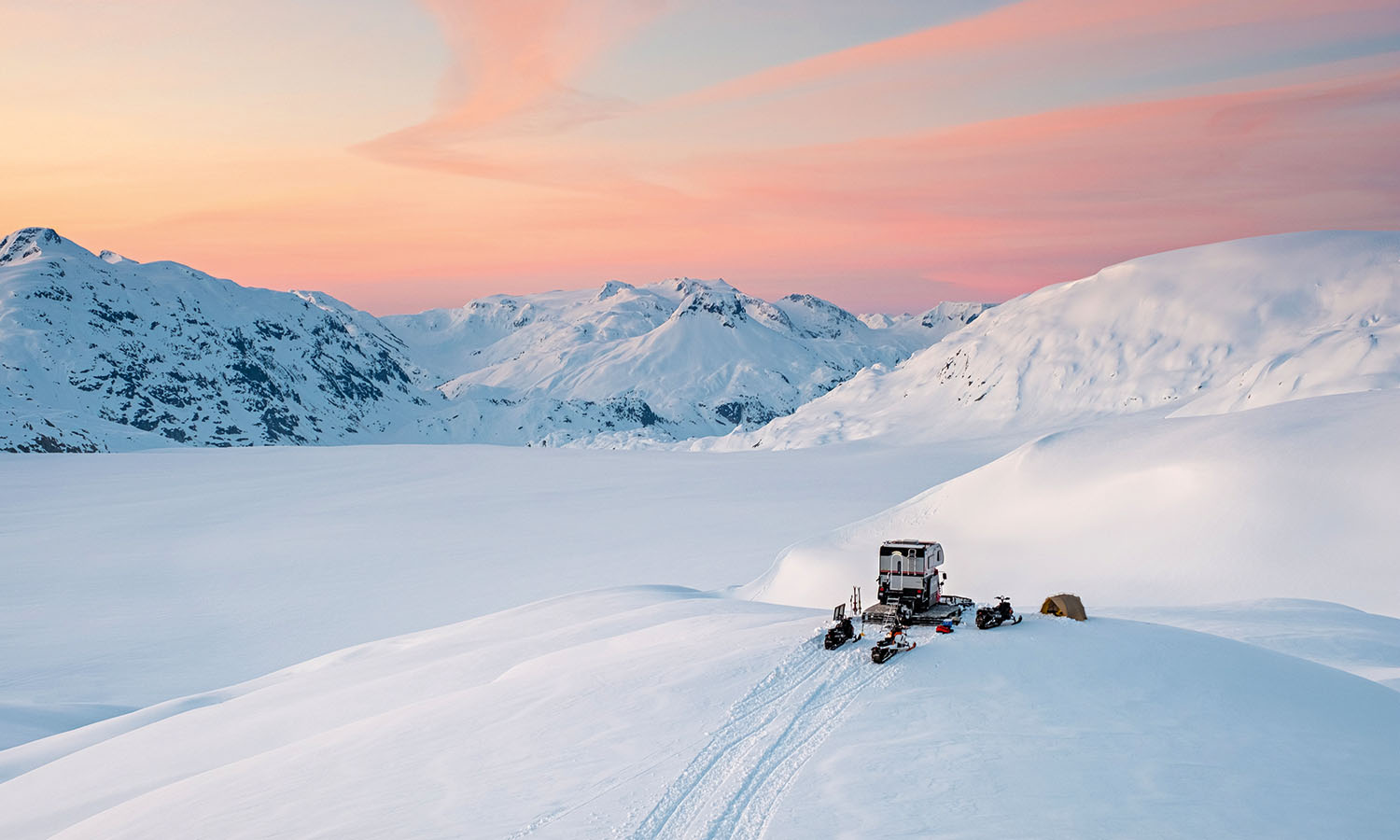

WHERE Whistler, Canada
WHY Freedom is the key to any great adventure, and this bit of kit takes it to the next level.
The trouble with trying to find ski trails that aren’t populated with other folks whizzing by is that your boundaries are set by where you have to be at the end of the day – ie, the resort. Not any more. Doug Washer of Head-line Mountain Holidays has overcome those restrictions by taking a truck camper and fixing it to a snowcat. It allows guests, film crews and researchers to head out on the Pemberton ice cap – at 325 square kilometres, the largest southernmost ice field – for multiday adventures. “You can’t imagine the views you get from inside the camper looking out the skylight and big windows,” Washer told Truck Camper magazine when he launched the snowcat truck in 2019. “We have watched meteor showers and the stars. It’s one thing to have accommodations somewhere, but there’s nothing like having that kind of luxury along with the ability to travel on the mountains and ice.”
Guides on snowmobiles accompany the snowcat, as do chefs. There’s use of a helicopter, and you can choose to explore ice caves, head off on snowshoes or board down untouched slopes. Of course, this kind of adventure doesn’t come cheap, but when you’re out on the ice, with no one else for miles around, the feeling of solitude can’t be equalled.
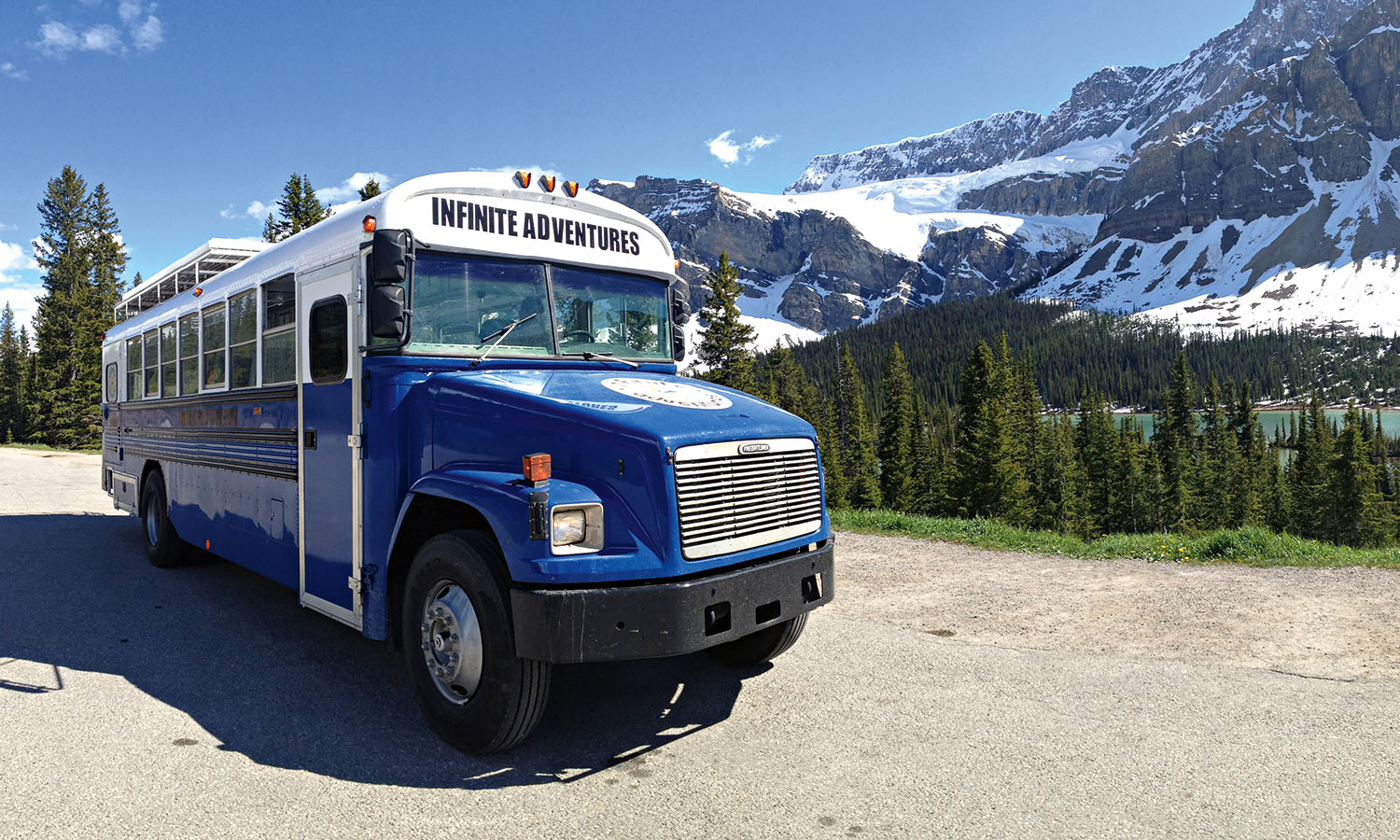

WHERE Alaska, USA
WHY Because there’s no better way to conquer the Last Frontier than on an old school bus.
The wheels on the bus go round and round and round and round… For an entire 20 days, as you and your new besties explore the northwest state from top to bottom on Infinite Adventures’ Alaska Salmon Run Trip. Cruise Seaward looking for orcas and humpbacks. Watch for bears in Hope. Explore Anchorage by bike. Sleep beneath the stars at Maclaren River Lodge. Kayak past icebergs in Valdez.
In between you’ll chill out in a cool old bus that’s been completely retrofitted for comfort – individual seats rather than benches, overhead lockers for your stuff, tables for playing cards or writing in your journal, big windows, overhead lights and a platform on top that’s perfect for when you’re on grizzly watch. Sometimes you’ll stay in hostels or at campsites, and there are even a couple of nights spent glamping.
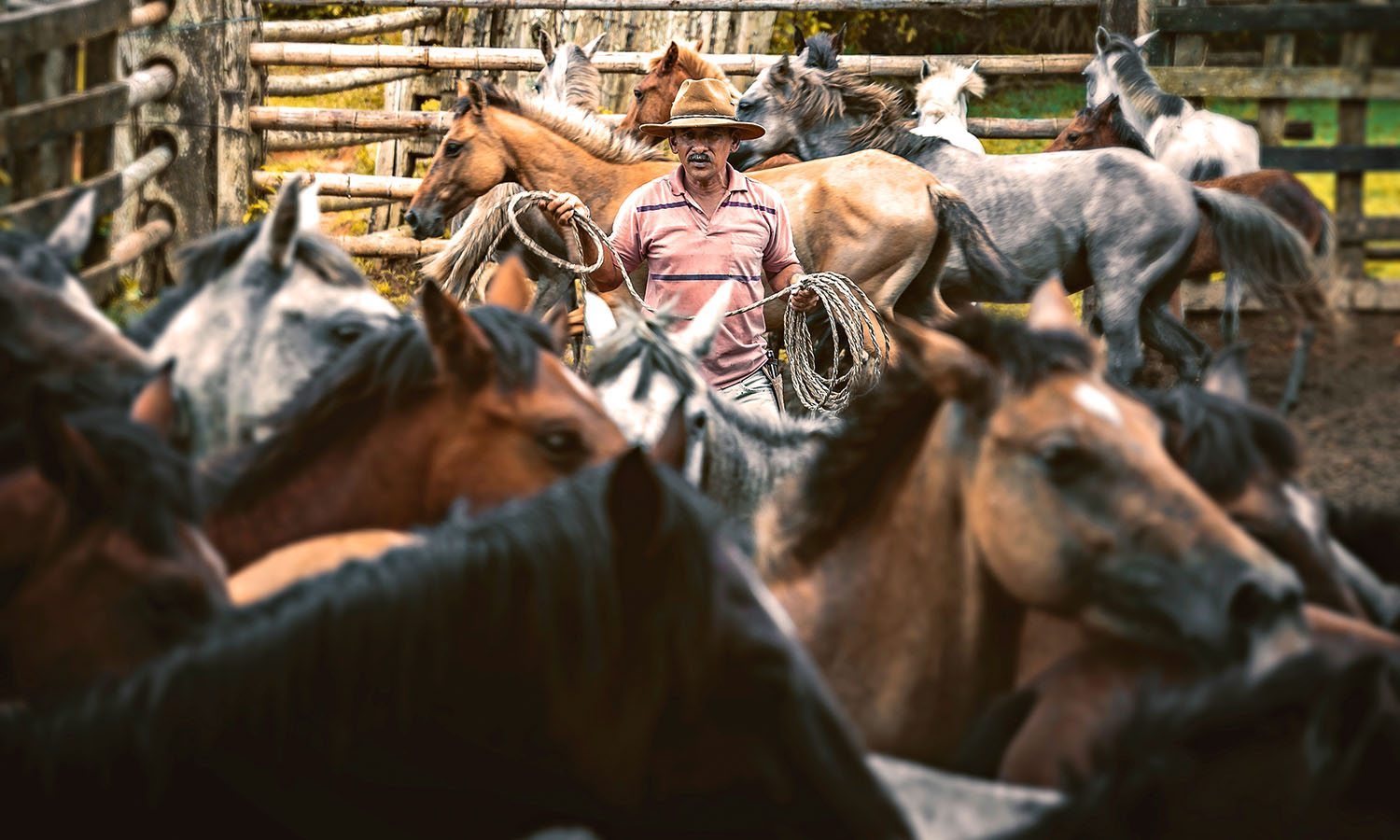

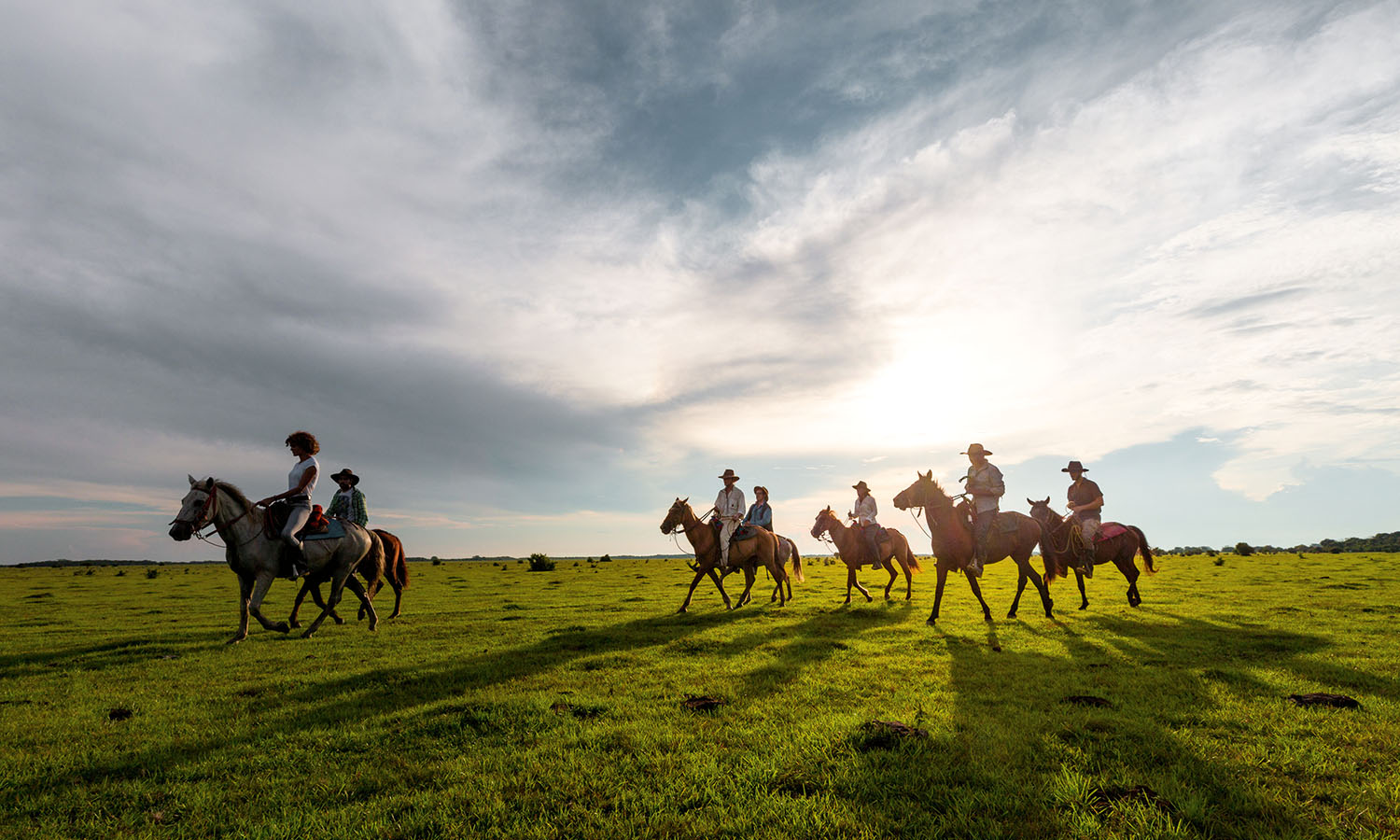

WHERE Los Llanos Orientales, Colombia
WHY You wanna be a cowboy, but Texas doesn’t cut it any more.
While distance can equal tyranny, in the case of Colombia’s eastern plains it – well, distance and a little problem with cartels – has preserved not just pristine wilderness but also a way of life that may have been lost had tourism not come to a standstill in the 1990s.
Llaneros are Colombian cowboys, and they move the 12 million or so cattle that live on the plains from place to place throughout the year to avoid the floodwaters that turn much of the landscape into a huge lake. They’re not just horsemen either. They’ve got a rep for being incredibly tough – due to the part they played in a surprise attack led by Simón Bolivar and José Antonio Paez when they defeated the Spanish in 1819 – but they have unique customs too, including eating chiguire (capybara), competing in rodeos called coleo, and dancing the joropo to music played on a harp, the maracas and a cuatro (small guitar).
If this all sounds like a fairly rarefied existence, now imagine this lifestyle but surrounded by incredible wildlife. Because of the varied terrain – rivers, wetlands, savannas, forests – the region is home to giant anteaters, capybaras, howler monkeys, pink dolphins and more than 350 species of birds, from jabirus to red-bellied macaws.
At Corocora Camp, located in a remote private reserve, you’ll spend time with the llaneros learning how to lasso, drive cattle and communicate with your horse. There’s also the chance to explore the plains on horseback, join conservationists working with pumas, ocelots and jaguars, safari in a 4WD or canoe, and take part in a traditional mamona barbecue complete with singing and dancing.
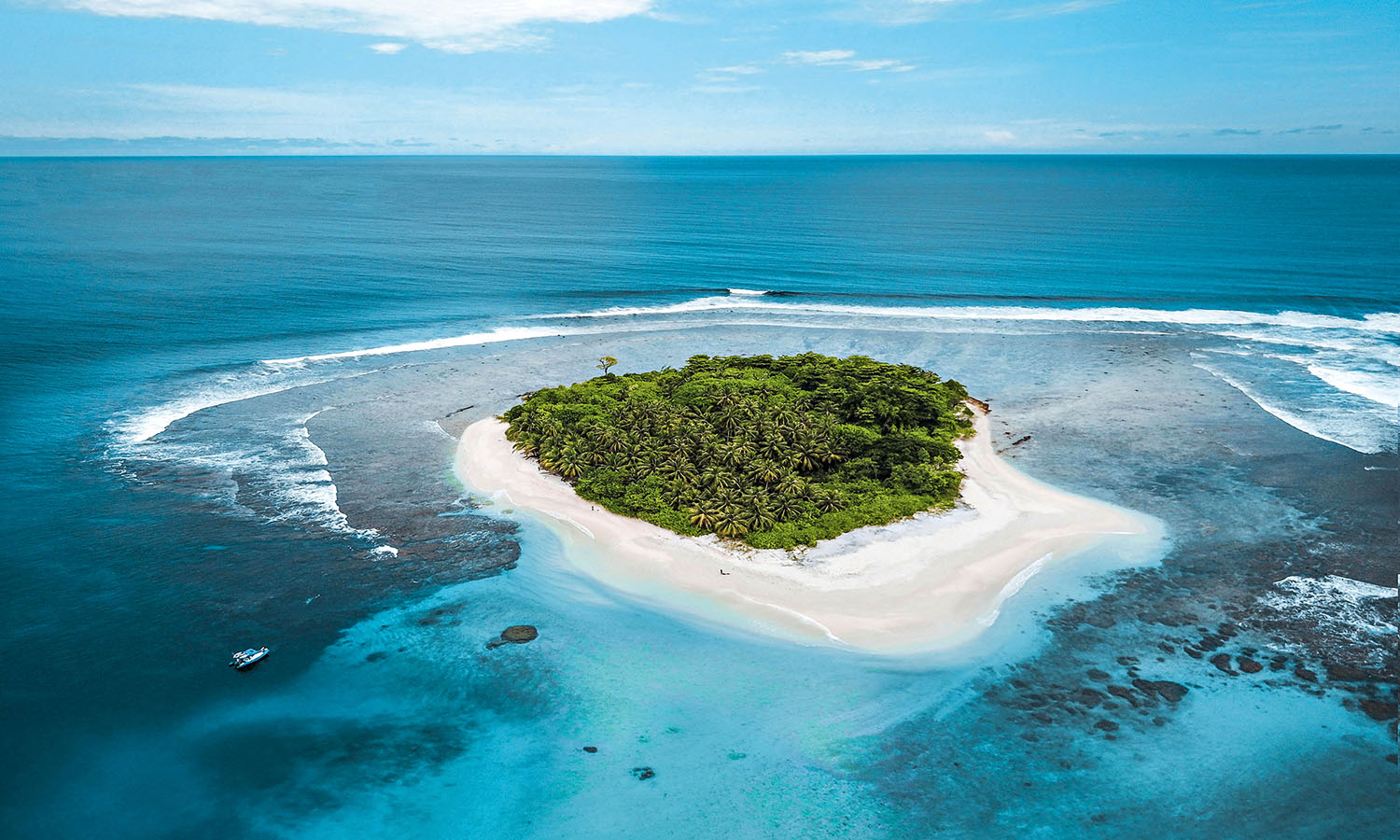

WHERE Mentawai Islands, Indonesia
WHY Lack of crowds, amazing snorkelling, local villages to explore and epic waves. We’ll be off then.
It’s hard to believe this cluster of palm-fringed islands off the coast of Sumatra hasn’t been absolutely overrun by the holiday hordes. Or maybe it’s not so difficult to understand when you check out the route to get there. The closest airport is Padang and, unless you fork out for an exxy private speedboat charter, there’s a ferry crossing that leaves early in the morning but only on certain days. Depending on the weather, it takes about four hours to arrive.
But you know what they say about the journey, and it’s well worth it when you get to the other end. Nearly everywhere in the Mentawais is geared to surfers, who seem to be the only folks on the planet clued into this magical setting. And they’ve certainly got it good. Places like Kingfisher Resort on Sipora Island have a maximum of 10 guests at a time in traditional ‘uma’-style bungalows fitted out with everything you need, including air-conditioning, nice bathrooms and a big balcony with hammock, chairs and ocean views. Even if you’re a beginner surfer, you should be able to jump on Lance’s Left (named after Australian surfer Lance Wright, who found it), and there are another nine breaks all within easy reach of the resort. If surf isn’t as important to you, you’ll find March to mid-April and November less crowded, so you can concentrate on the island’s other adventures. You’re never very far from a white sand beach and a reef teeming with hard and soft coral, fish, clams and turtles. Borrow a bike and ride around the island, discovering beaches as you go, or trek into Sipora’s jungle interior and visit local villages. The resort staff can also organise yoga classes, massages or the chance to spend some time with a local woodcarver learning a bit about the craft and having a crack yourself.
You can either organise a trip yourself and book direct with the resort or try an operator like World Surfaris, based in Queensland, who can do all your travel arrangements for you.
Those contemplating a longer visit and searching for something out of the ordinary can stay with a family of Mentawai tribespeople, who live a traditional semi-nomadic hunter-gatherer existence on the largest of the islands, Siberut. One guide, Eru Mamak, comes highly recommended and offers tours that run from five days to 11. Head off on a river canoe then trek to reach the uma (tribal house). For the rest of your time, you’ll be part of the community, helping to cook, learning to make tools and joining the shaman as he collects plants and herbs and hunts for wild pigs and monkeys. This is one island experience you won’t ever forget.
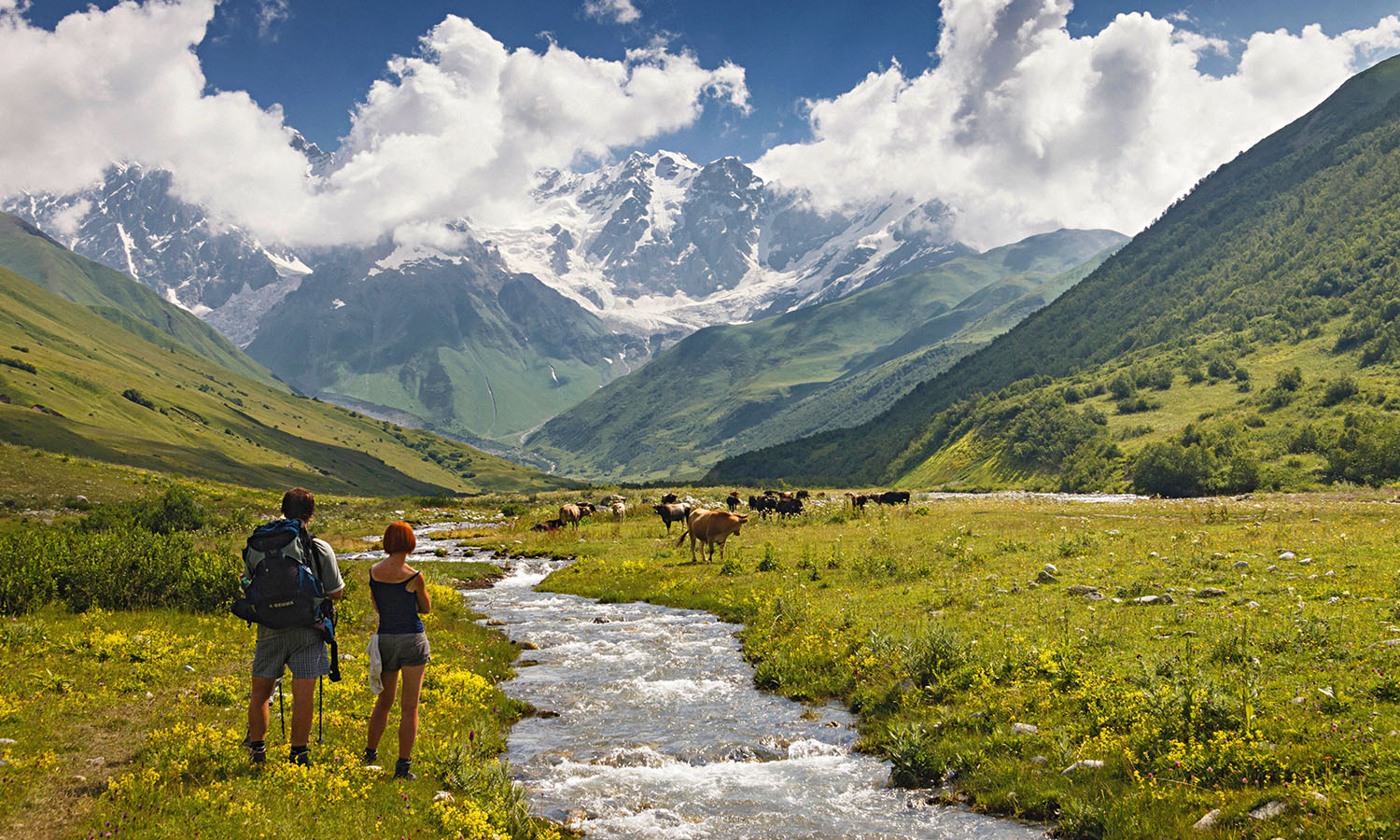

WHERE The Caucasus, Georgia and Armenia
WHY This is one of the newest hiking trails in the world, and it’s already attracting the attention of trekkers everywhere.
If trekking some of the most remote and beautiful regions of Europe is an appealing proposition, it’s time to get out a map and start planning. Very few feet have trampled the already-completed paths of the Transcaucasian Trail, which, when finished, will connect for 3,000 kilometres through Georgia, Armenia and eventually Azerbaijan. The trails, which have been constructed by volunteers, are still a bit rough, but it’s well worth muddying your boots to experience. The landscape is compelling – Dilijan in Armenia is referred to as Little Switzerland – but it’s the people you meet along the way, most of whom aren’t used to seeing travellers, who’ll make this a hike to remember. At the moment, you’ll likely choose to explore one of three areas in Armenia – South Syunik, Dilijan National Park or Vayots Dzor – or Upper Svaneti in Georgia. The organisation that has been creating the trail offers the chance to hike with those who’ve been hard at work. You’ll get the chance to hear their stories, learn about the land you’re passing though, give feedback on the trail and contribute to its ongoing development. There are other options, too. You can choose to hike independently, wild camping along the way, or check out the offerings from tour companies like World Expeditions, who provide everything you’ll need, including meals and accommodation in comfortable guesthouses. Guides will take you to the best local sights and fast-track spots that aren’t quite as special. One thing’s for sure… Unless you start making plans for the northern hemisphere summer soon, you might find everyone else arrives before you do.
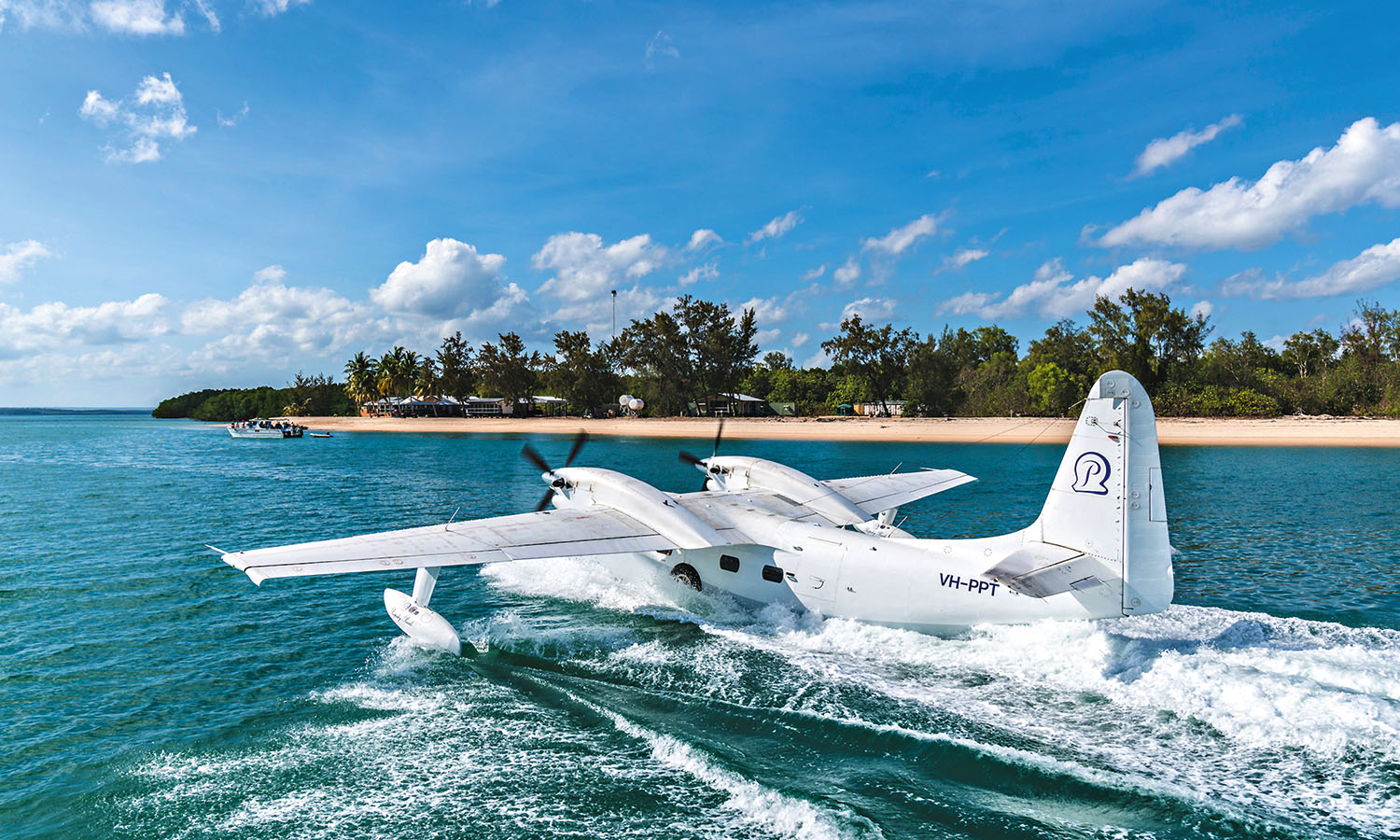

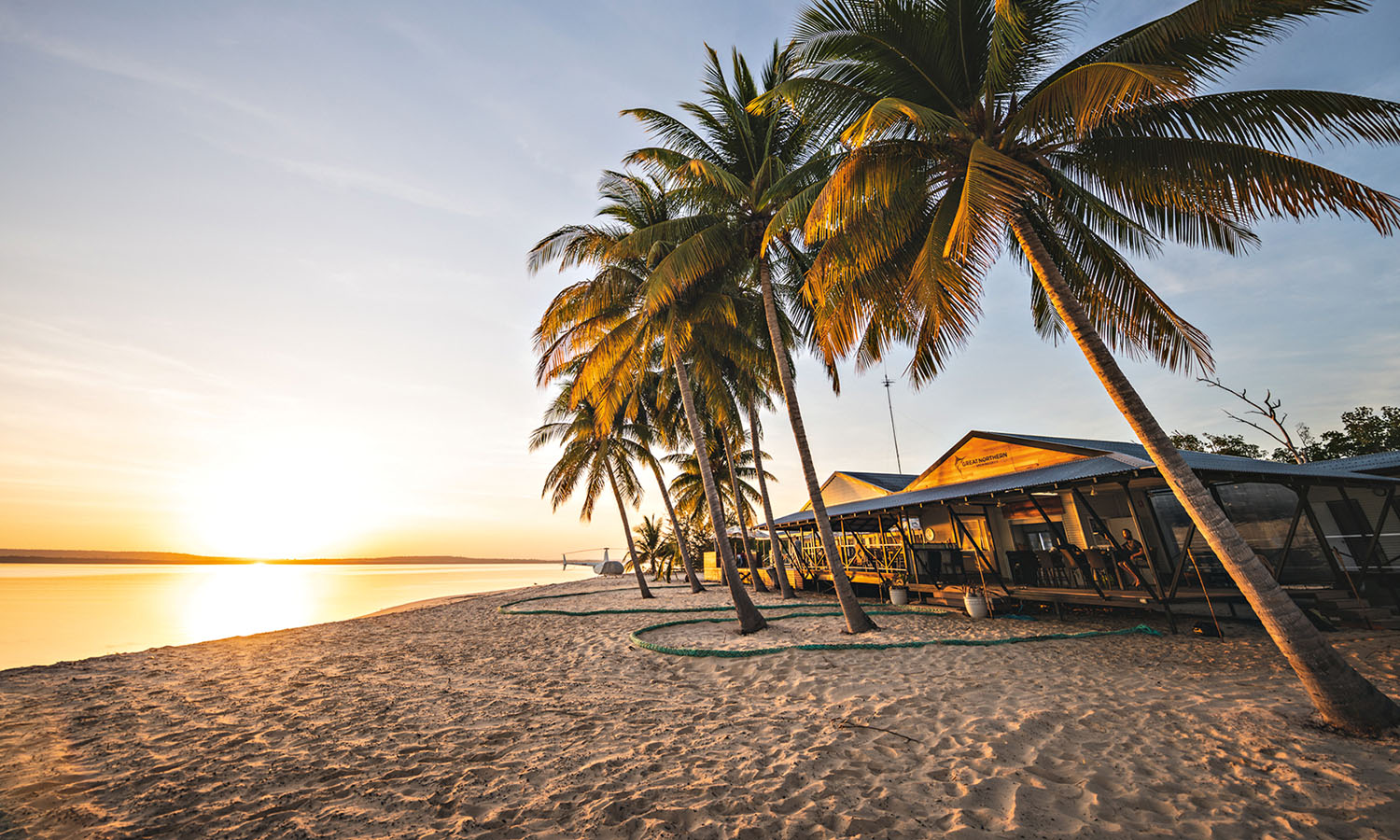

WHERE Tiwi Islands, Australia
WHY With a new lodge on the scene, it’s now much easier to stay on the lands of the Traditional Owners.
They’re only 80 kilometres from Darwin, but they’ve never been as high as, say, Kakadu on most people’s must-visit lists. Which is a shame, because the Tiwis – there are 11 islands of which two, Bathurst and Melville, are inhabited – offer a genuine Indigenous experience for all who visit. Now, with the opening of Outback Wrangler Matt Wright’s Tiwi Island Retreat, there’s a place where you can kick back on the beach and spend some time with the Tiwi people who have lived on the islands for thousands of years.
For an epic getaway, book early to visit on the weekend of the Grand Final and Art Fair, when visitors come to browse the stunning arts and artefacts in the morning then gather at the footy ground for the main event. If you can’t arrive then, be sure to organise one of the Indigenous arts and culture tours during your trip to Tiwi Island Retreat. You’ll chopper to Wurrumiyanga, take a guided tour of Tiwi Designs, make your own screen-printed T-shirt and visit the old church and museum. Otherwise, there’s plenty of fishing and crabbing to be done, wildlife to be spotted (crocs, turtles, stingrays, dolphins, sharks and birds are all plentiful) and remote waterholes to be swum in.
Tags: alaska, Armenia, australia, Benin, canada, Cape Verde, Chad, colombia, dominica, epic experiences, guyana, indonesia, Mentawai Islands, Ouidah, taiwan, Tiwi Islands, turkmenistan, usa, Whistler, world adventures
 (
(


